Identify
They scamper up trees, squeeze through tiny apertures in buildings, and dart across the street. Squirrels are members of the chipmunks, marmots, and prairie dogs family of rodents and are among the most widely distributed in North America.
With their bushy tails, short arms and legs, and pointed ears, they have a benign, almost cute appearance. However, in search of shelter, they can wreak havoc within the walls, crawl spaces, and attics of homes. Infected fleas and ticks may be carried by them while they travel, and they may transmit illnesses.
Common Species of Squirrels
Gray Squirrel
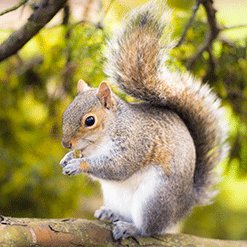
Gray squirrels may be a nuisance in densely populated regions, but they can be of assistance in some ways to the environment. Gray squirrels will seek out telephone poles and roof lines when tree cover isn’t available for a habitat. They’ll claw or chew on electrical wires and wooden supports, causing structural damage or even a power outage if they get access to the inside of your home.
How To Identify:
- The length of 14-21 inches
- Gray has a white undertone with gray overtones.
- The eastern United States is where you’ll find it most often.
- It’s an active year-round species.
- It stays within a few acres of its desired home in suburban and neighborhood environments.
- Parasites such as fleas, ticks, lice, and roundworms are carried by carriers and may transmit illnesses to humans.
Red Squirrel (Pine Squirrel)

This species is recognized for its territorial habits, being the smallest of the tree squirrels (but bigger than chipmunks). Wooded areas with pine trees are where this species is most often found.
How To Identify:
- 7 ½-9 inches in length
- Reddish color with white underbelly
- Beginning in Alaska and going south through Canada, it is found throughout much of the northern United States. State governments
- Goes dormant when the weather gets colder, unlike hibernation.
- 3-7 years is the average lifespan of a domestic cat.
Fox Squirrel

The biggest kind of tree squirrel is this one. Fox squirrels are natural climbers and spend the majority of their time in trees, with sharp claws and athletic bodies. They look for food such as nuts, flowers, insects, and tiny birds during this time. During the summer, fox squirrels construct nests, which they stay in throughout the winter.
How To Identify:
- Range in length from 17-27 inches
- The most common color is reddish brown, followed by gray and black.
- From eastern and central America, they may be found. However, not in the New England states
- Does not hibernate
- Its whole life will be spent within a few acres of territory.
- Solitary people are those who prefer to be alone.
Flying Squirrel

This species glides up to 160 feet using a muscle membrane between its legs and body, rather than flying. These squirrels may get inside your home via tiny openings, despite the fact that they are not known to be troublemakers for most homeowners. They may then urinate, leave droppings, and wreak havoc in attic areas at that moment. Ticks, fleas, and mites can all be carried by flying squirrels.
How To Identify:
- Ranges from 8-12 inches
- High altitudes of California, Arizona, Michigan, and Alaska are home to the northern variety.
- In the eastern United States, a southern type may be seen at lower altitudes.
- At night, it may be noisy and active.
Inspect

Signs of Damage

Step 1: Look for Entry Points
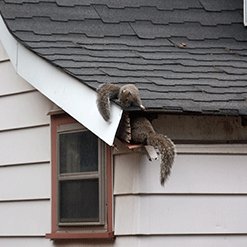
Squirrels are not subtle pests, and they will leave a trail of evidence for you. Search for signs of their presence and entry ways outside your home, such as:
- Squirrels seek food, and they damage bird feeders and garden plants.
- Within 8–10 feet of your roof, take note of tree branches and limbs.
- Squirrels dig small holes in your yard.
- Squirrels fighting (a sign of overpopulation) is a sight to see.
Inside your home, the signs and sounds of squirrel intrusion will be obvious:
- In your attic or walls, there is a lot of noise (movement sound).
- Gray or fox squirrels make noises during the day; flying squirrels make disturbances at night.
- A few-inch-diameter hole in the insulation
- In the attic, there are droppings.
- Siding and/or soffit holes
Step 2: Take Steps On Your Own

Rather than trying to eliminate squirrels, you might find it more effective to keep them from your property using a few DIY measures to discourage their approach:
- Consider that squirrels can jump up to 10 feet when trimming tree limbs that approach your house, keeping them out.
- Install drains, gutters, and underneath eaves with 23-gauge hardware cloth wire mesh. The wire is thin enough to slice and trim with hand tools, but strong enough to keep squirrels out.
- For roundabout power poles and solitary trees, purchase a 2-foot-wide metal collar. Squirrels are unable to climb vertical surfaces when they stop.
- Stuff newspapers into the holes in your home or building. You may restore the site(s) if the paper isn’t removed for more than a few days.
Step 3: Develop a Larger Plan for Exclusion

Your smartest option is to contact a pest control expert if you’ve observed visual signals or heard squirrels noises outdoors or inside your house despite taking steps to block entry. Remember that squirrels may be infected with tiny creatures and spread disease. Exclusion or trapping devices, which do the work for you, will be available to a specialist.
Seasons & Squirrels
Fall
Tree squirrels are most active during the fall season, which is when you will observe the most activity on your property. Nesting and hoarding of food become more important as they sense the approach of winter.
Winter
When food is scarce, winter quiets squirrel activity, and they spend less time looking for food and more time sharing a den to keep warm. By storing food and eating more to bulk up and conserve body heat, they prepare for the winter months.
Spring and Summer
Squirrels may begin their first of two breeding seasons in the winter (December through February), depending on the area. Late spring (March) or early summer (July) are the best seasons for watching the second season. Females (flying squirrels may have litters of up to seven young) typically produce two litters each year, with two to four offspring in each.
Prevent

In many areas of the United States, squirrels are common. They may cause havoc on your property, despite the fact that they aren’t dangerous and are often afraid of humans.
They can damage your garden by uprooting roots and repeatedly knocking over or emptying out your bird feeders because they forage for fungus, seeds, nuts, and fruits. They’ll also cause a lot of damage by trying to forage through insulation and chewing through wires if they get into your attic, basement, or crawl spaces.
Thankfully, if squirrels have already become a problem for you, there are simple steps you can take to keep them off your property, as well as more treatment options.
Limit Their Access
It’s easier to prevent squirrels from establishing a colony on your land or inside your house than it is to get rid of them. To keep your home squirrel-free and other pests at bay, follow these simple steps:
- Make sure that squirrels don’t have access to your home from the roof by investing in gutter guards and downspout covers.
- Branches from your trim tree that hang over your roof are trimmed. Squirrels frequently use tree branches as a bridge, and any that touch your home offer the perfect bridge.
- Don’t allow any trash or debris to accumulate on your home’s exterior. Dispose of or relocate trees and bushes until you can once you’ve raked or trimmed them.
- Look for cracks, crevices, and openings that are big enough for squirrels in your home and on the walls. Seal them up with caulk or expandable foam if you do find any. In order to eliminate entrance points, you may need to do repairs or replace the screen or new siding for larger openings.
Remove Food Sources
Your yard is likely a source of easy-to-reach snacks if you have a squirrel problem. They’re drawn to pungent odors and a lot of the garbage that you put in your bin, even though their diet usually consists of seeds, nuts, insects, bird eggs, and fruits.
- Check to see if your outdoor trash cans are properly sealed. A squirrel will easily get inside if the nuts are damaged or can simply be pried open. To get rid of residue and odors, wash out your cans occasionally.
- Before tossing away smelly garbage like meat and fruits, double-bag it.
- Take extra care to rake up any fallen fruits, trees, or plants if you have fruiting plants and trees that produce nuts and seeds. Don’t let fruit to spoil or rot before you harvest it.
- Don’t let your pet eat from the bowl. Seal it up when not in use, or attempt to remove it once your pets have finished eating.
- Place bird feeders in hard-to-reach areas. Squirrels are skilled climbers and can get into almost any area, but putting the feeders outside may discourage them from approaching your home. Squirrel-proof bird feeders with a specific design or barrier keep them from accessing the food.
- Remember to clean both the inside and outside. Make sure there isn’t any trash or food remnants in your attic or basement.
Eliminate Standing Water
Squirrels will be searching for water whether or not they have been able to locate food on your land. If you want to avoid creating a pool for squirrels and other pests, take the best steps to eliminate as much water as feasible within your property.
- Water and odors are kept out of a tightly sealed trash can.
- Check your yard after it has rained to see where water has collected. These are generally simple to fill in to avoid tiny puddles if you have little holes or depressions in the earth.
- Take note of any décor or outdoor fixtures that might collect water. They should be shifted or modified so that they don’t collect any water. Drilling holes into the bottom of some planters and pots to allow for drainage can help fix this problem.
Treat

Repellents
Your solution isn’t as easy if you have plants and trees that serve as food for squirrels. Squirrels will always be able to climb trees and get to the food they’re looking for, so you may do your best to rake up as much as possible. There are a variety of repellents that you may utilize instead to prevent this.
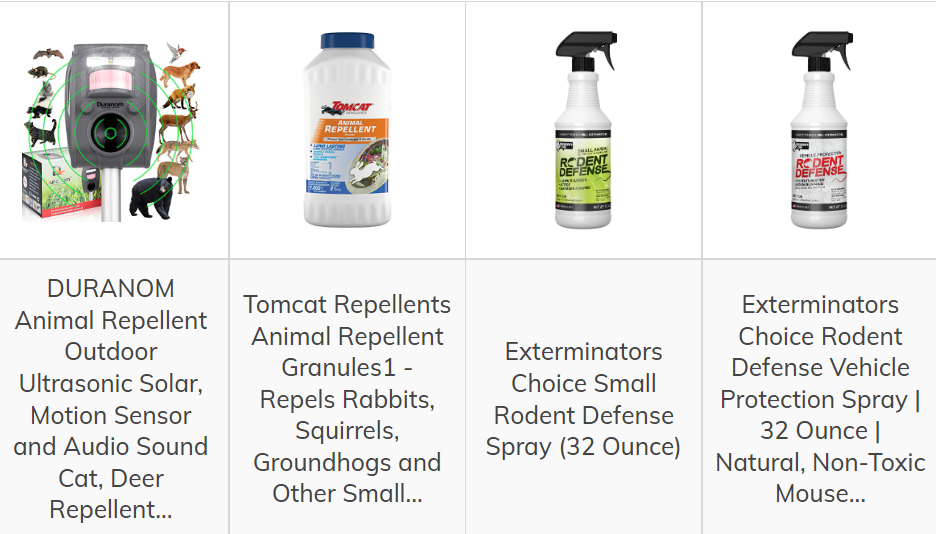
Mulch
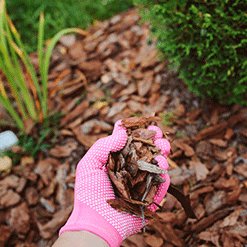
You can use mulch to prevent your squirrel problem from occurring if the critters are continually messing up your beds and destroying your garden. It’ll discourage squirrels from digging by simply putting the mulch around your plants.
Vinegar

Many people find the pungent odor of apple cider vinegar unpleasant, and squirrels are no exception. You can also use regular white vinegar to wash jalapeno peppers, spray the solution across the exterior of your property, and squirrels will stay away.
Mint

Mint has a more pleasant fragrance to people than apple cider vinegar, but it’s equally pungent and unpleasant to squirrels. Mint may be scattered in your yard wherever you’ve seen squirrels congregating if you don’t have a garden to plant it.
Cayenne Pepper

Animals and humans may react to spicy foods in the same way. When squirrels get a taste or scent of cayenne pepper, they’ll stay away unless you sprinkle it around the nuts and fruits they’re eating. If you’ll be eating the fruit yourself, make sure to wash the pepper off.
Safflower Seeds

If you have a squirrel that keeps eating your bird feeder, safflower is a fantastic option to try. You can mix these seeds into your bird seed to keep squirrels from snacking since birds don’t care about them, but squirrels do.
Squirrel Feeder

Feeding the creatures you want to get rid of may seem counterintuitive, but setting up a new feeder filled with nuts may draw them away from your garden or house. All you have to do is take it someplace where they don’t usually hang out, and they’ll start eating the feeder. Try switching between types of feed to see what they prefer until it functions immediately. Whatever you choose, it should be more attractive than the treats they get from your yard.
Sprinkler Systems
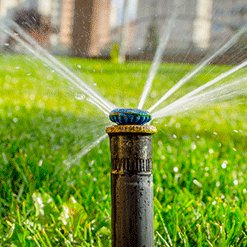
Squirrels are rather shy, hence you may easily repel them without using chemicals. Attaching a motion sensor is one of the best ways to utilize a sprinkler. The sprinkler will be triggered and scare away the squirrel every time one gets too close.
Ultrasonic Devices
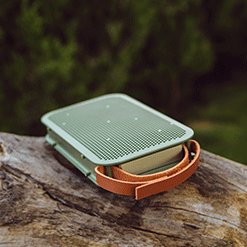
Ultrasonic equipment installed in your attic or basement may also frighten squirrels away from your property, much like sprinkler systems. Motion sensors activate them, and a loud noise that is inaudible to human ears but extremely bothersome to squirrels is set off.
Floodlights

Motion-sensor floodlights aren’t as effective as sprinklers or ultrasonic speakers, but they perform the same way. When squirrels get close, the lights will come on, frightening them away.
We’ve done the legwork for you and discovered the finest squirrel repellents and deterrents if you want to buy one from a store or online.
Bait and Trap
Using baiting and trapping techniques is one of the simplest ways to get rid of squirrels in your attic, basement, or crawl spaces.

Some squirrel traps let you capture and release the creatures, while others are spring-based and kill them. These catch squirrels in a similar manner to conventional rat traps, with a spring triggering a mechanism that falls onto the rodent. They’re more risky than live traps since you can get your own fingers caught in them. They’re difficult to put up and may be hazardous. Cleaning up and removing the dead squirrel will also be required, which isn’t as simple as just releasing a live one.
Cages and traps with one-way exclusion doors are examples of live traps. The squirrels are left inside both of these, so you can remove them later if you want. You should make sure you’re using repellents and have blocked off entryways to your home so that the squirrel doesn’t find its way back in if you’re taking the trap outside to release it.
When you let the critters loose, you should take protective measures to protect yourself. While releasing squirrels from the trap, their nails may be sharp and scratch you. They won’t bite, though. Long pants, a long-sleeved shirt, and a pair of sturdy gloves are required.
Contact a local wildlife expert to locate appropriate locations where squirrels may be released unless you have prior knowledge of where they may be released. You may be exposing the squirrels to danger or infecting someone else if you release them in the wrong area. It’s always a good idea to ask if you aren’t sure.
Squirrels might harm themselves by attempting to escape or even die if they’re accidentally left out in harsh weather, so you should check your live trap frequently for them.
They’ll need to wash both live and kill traps thoroughly before reuse. If you handle the trap without thoroughly disinfecting it, you’ll get sick, and squirrels transmit illnesses. After touching squirrels or any other wild creatures, make sure to wash your hands thoroughly.

In order to eliminate the guesswork when selecting a good product, we’ve put together a list of some of the greatest squirrel traps.

Squirrel Poison

You may try using squirrel poisons to control the situation if bait and traps aren’t effective and you need another strategy. These will help get rid of squirrels permanently, but locating the squirrels after they die can be extremely risky. The arrival of a fresh set of issues when the squirrel corpses start to rot inside your home.
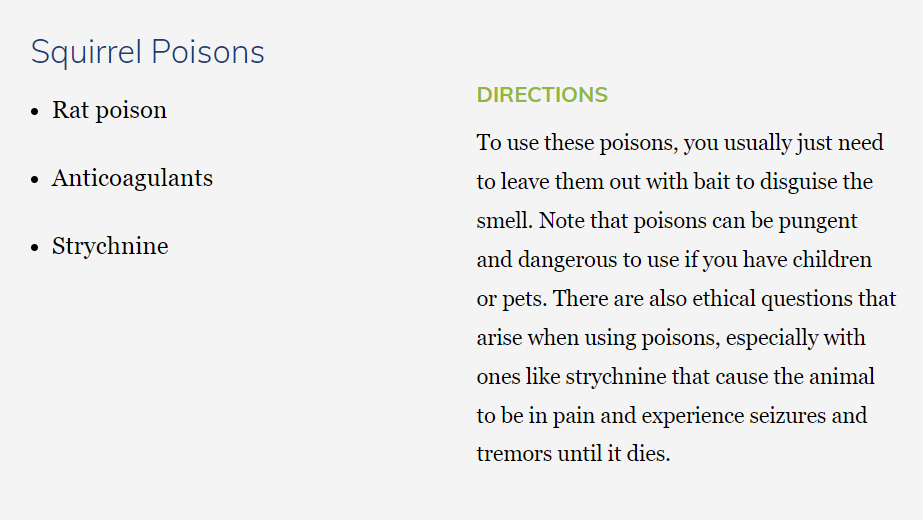
Before using any poisons, bait, or traps, make sure to carefully read the instructions to ensure that you and your family are safe. We’ve also come up with a list of additional squirrel poisons.

Fences
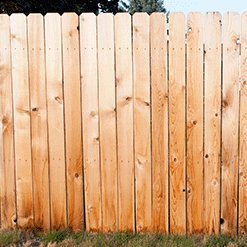
A fence is a surefire strategy to keep squirrels out and prevent them from returning if you can erect one around your yard. Fences are a excellent long-term investment that will provide you with no concern about any additional treatments while they are being built. When you install them, make sure that they’re 8-12 inches below the surface so that squirrels can’t dig beneath it and enter your property. If your problem is in your plant beds, you can use a smaller fence around them.
Vegetable Netting
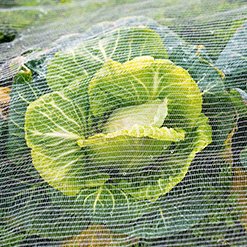
Simple to put up and cost-effective, netting is a totally non-toxic way to keep squirrels away from plants. You can use the netting to create a barrier around the produce or place it in a net fence.
When To Call a Prefesional

When nothing appears to be working, it’s time to seek professional help, particularly if you’ve already tried a number of preventive and therapeutic techniques. On a daily basis, they will create successful tactics to get rid of squirrels.
Squirrels are removed in a Humane Way and Treated Properly by Pest Management Specialists, who employ an integrated strategy. This expert will know the best way to handle the animal when taking them out and where to release them so they don’t come back or cause anyone else harm if you’re considering using traps. It will be essential to follow his or her instructions and work as a team to permanently eliminate the squirrel problem, so he or she might offer you some suggestions for your home and yard.
